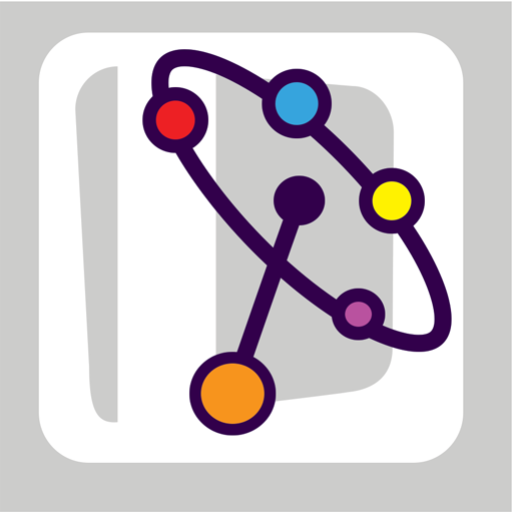
How Does July 4th Connect to Healthcare?
- Categories Blog
- Date July 5, 2024
- Tags
The United States as we know it today came into existence on July 4, 1776, with the signing of the Declaration of Independence.
This marked the beginning of the American Revolutionary War, which ended in 1783 with the Treaty of Paris. Our independence spawned a war. So, the United States has been around for about 248 years.
The exact number of lives lost in the American Revolutionary War is unknown, but estimates range from 25,000 to 70,000. Disease was a major killer during the war, with many soldiers dying from outbreaks in crowded camps and prisons.
Here’s a breakdown of the estimated American casualties:
- Killed in battle: 6,800
- Died from disease: 17,000 (at least)
It’s important to remember that the American population in 1776 was only about 2.5 million. So, even though the total number of deaths may seem relatively low compared to other wars, the impact on American society was significant.
So, how Does July 4th Connect to Healthcare?
The health of a nation’s people is essential. Today, we have unrest in the USA and the war in Ukraine, with skirmishes globally causing harm, suffering, discord, and disease. This is a systemic impact affecting lives.
People need care. War, discord, dysregulation and diseases of the mind and body are real. The roots of the U.S. healthcare system can be traced back to the colonial era, even before the country’s founding.
Early healthcare relied heavily on self-care, family remedies, and community support. Physicians were often seen as apprentices and practiced a blend of traditional European medicine and herbal remedies.
The evolution of the U.S. healthcare system reflects a shift from a fee-for-service model to a complex system with various players. Public programs like Medicare and Medicaid expanded access, but affordability remains challenging.
Communication and information technologies are transforming healthcare. We are now in the Biotechnology Advanced Communications and Information Age. We can delve deeper into the root causes of diseases, dysregulations, and dysfunctions. This capability is paving the way for more targeted therapies and preventive measures.
Productive Point-of-care (POC) binary data capture is possible. It wasn’t a few years ago. Yes/no or on/off readings from medical devices hold immense potential for improving our understanding of health and disease. It’s the volumes of detail that presently lack.
Consider this:
- Large-scale data collection:
POC devices can continuously generate binary data, enabling the collection of vast datasets from diverse populations. This data can reveal patterns and trends that might be missed in traditional clinical settings.
- Real-time insights:
Unlike traditional methods that rely on retrospective analysis, POC data allows for near real-time monitoring of health parameters. This can aid in early detection of abnormalities and prompt intervention.
- Tailored interventions:
By analyzing POC data alongside other patient information (harmonization), healthcare providers can develop personalized treatment plans and preventive strategies.
- Improved clinical research:
POC data can be a valuable resource for researchers investigating disease mechanisms and treatment efficacy.
The potential of POC binary data is vast.
AIHEALTHSPACE focuses on making it valuable, usable, and approachable with more meaningful views.
You might think of AIhealthSPACE as the modern health utility services provider. We are your partner in data-enhanced groundbreaking discoveries in structured binary data, disease prevention, diagnosis, and treatment.
#AIhealthSPACE #Demosophy #AIHealth #StructuredData #HealthcareInnovation #TrustInTech
Industrial Technology and Engineering, BS
You may also like


